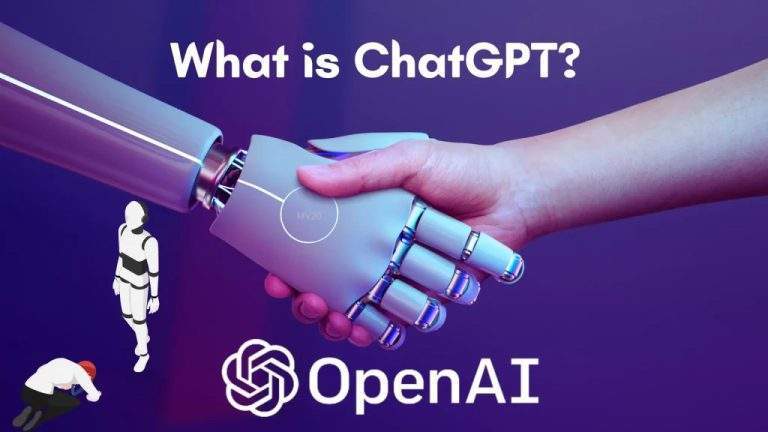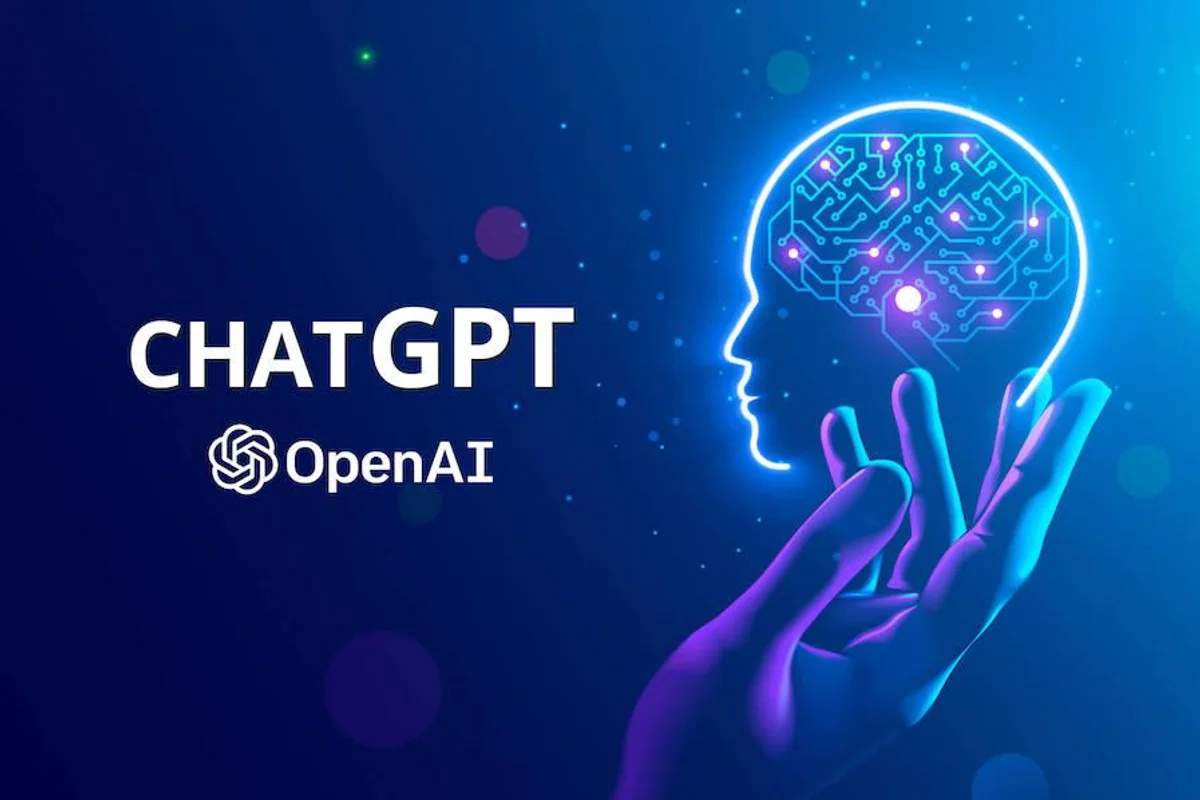ChatGPT is a powerful language generation model developed by OpenAI. It can be used for a wide range of tasks, including natural language processing, language translation, and content creation. However, one of the most valuable uses of ChatGPT is in the business world, where it can be trained to perform high-paying tasks such as customer service, product descriptions, and marketing copy.
In this article, we will discuss how to train ChatGPT for high-paying business tasks, including the steps you need to take and the resources you will need.
Step 1: Identify the Task
The first step in training ChatGPT for a high-paying business task is to identify the task you want the model to perform. This could be anything from writing product descriptions to handling customer service inquiries. It’s important to choose a task that aligns with your business goals and that you have access to a sufficient amount of data for training.
Step 2: Gather Data
Once you have identified the task, you will need to gather data to train the model. This data should be in the form of text, and it should be specific to the task you have chosen. For example, if you are training the model to write product descriptions, you will need a large dataset of product descriptions.
Step 3: Pre-Process Data
Before you begin training the model, you will need to pre-process your data. This includes cleaning and formatting the data, as well as splitting it into training and test sets. You may also want to consider using techniques such as data augmentation to increase the size of your dataset.
Step 4: Train the Model
Once your data is pre-processed, you can begin training the model. This process typically takes several hours to a few days, depending on the size of your dataset and the complexity of the task. You will need to use a powerful machine or cloud computing resources to train the model.
Step 5: Fine-Tune the Model
After the model is trained, you will need to fine-tune it for your specific task. This involves adjusting the model’s hyperparameters and using a smaller dataset for fine-tuning. The more you fine-tune the model, the better it will perform on your specific task.
Step 6: Test the Model
Finally, you will need to test the model on a test set to see how well it is performing. This will give you an idea of how accurate the model is, as well as any areas where it needs further improvement.
Training ChatGPT for high-paying business tasks can be a time-consuming and resource-intensive process, but the results can be well worth the effort. With the right task, data, and resources, you can use ChatGPT to improve your business operations and increase your revenue.
Note: The specific process and resources required to train a GPT model may vary depending on the specific use case and the type of data you have. You may want to consult with experts or professionals to help you with the process and make sure you’re doing it correctly.











